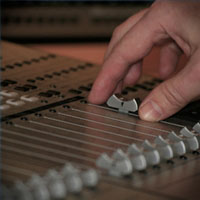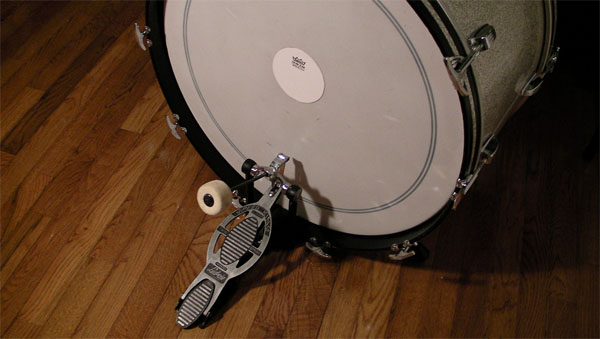Although a compressor and a limiter are the fundamentals of any producer’s processing locker, they are also one of the most misunderstood and misguided processes out there. The internet is overflowing with articles explaining the characteristics and settings of limiters and compressors, yet when we check the forum threads and blog comments out there the same questions are being asked over and over again. Why is this happening?
In many of the articles I’ve read and wrote myself, the settings and the general theory of compression are prioritized rather than focusing on the best way to use compression/limiting in a certain situation, or even if you should be using it at all. As a result producers understand why they should be using compression but don’t actually know when and how they should be applying it.
To help clear this up, in this tutorial I will identify three possible situations you may face, explain how or if you would apply compression/limiting and the affect the process will have on your sound.
Practical Compression
altering the sound of your drums
Today, compression is not only used for narrowing the difference between high and low audio levels, but is used as an effect to accentuate different aspects of a waveform. During the record stage, you may have inserted a compressor to aid in controlling your drum kit but to enhance the tones of your drums it is worthwhile using practical compression on individual elements during the mixing stage. Okay let’s focus on the main element of your drum kit, the kick drum. Initially you want to be asking yourself what elements of the kick drum you want to emphasize and then go through each parameter of the compressor, keeping in mind what effect you want.
Sustaining the Kick Drum
The most common way of using practical compression on a kick drum is to alter how the sound decays. A kick drum that remains at full volume throughout the note is going to be considerably louder than one where the transients hits and then fades out. So what we need a compressor to do is clamp on the initial transients so they dip in relation to the rest of the kick drum, therefore increasing the perceived loudness of the decay.
To do this we will need to bring the threshold down to a level where only the initial transients are being affected by the compressor and set an average ratio of 4:1, however adjust this setting if you feel the transients are being squashed or you feel there needs to be added compression. Subsequent to this we need to use the attack and release settings, which I believe are the compressors most influential parameter, to control how quickly the transients are being compressed and how quickly the compressor returns to unity gain. We need to use a fairly quick attack time, so to clamp on the transients immediately however too fast of an attack time will reduce the gain of the transients too quickly. We also need to use a quick release time to allow the compressor to reset after the initial hit and although ‘gain pumping’ like this is often frowned upon it can be a good technique to increase the loudness of your kick drum.
Be cautious with fast release times though as you don’t want the ‘gain pumping’ to be too evident. Finally use the make-up gain to compensate for the gain reduction.
Focusing on the transients
Practical compression can also be used to highlight the transients of a kick drum. This could be down to personal preference, genre, or just wanting the high end of the kick drum to be more apparent in the mix. Similar to the previous compression settings the main parameters that significantly alter the characteristics of the kick drum are the attack and the release settings. If we keep a similar release time but slower the attack time slightly, more of the transients will be allowed through therefore they are emphasized in relation to the rest of the waveform.
Controlling Pianos
How you apply compression on a piano is wholly dependent on the unevenness of volume, the tempo and how busy the track is, so before inserting a compressor you need to categorize the piece so you can highlight the problems you need to put right with compression.
So you’ve now categorized your track; Is it slow? Is it fast? Is it percussive? Is the pianist comping? We now need to strap a compressor on the piano bus and control it depending on the category you’ve given it.
Okay, now that you have inserted a compressor onto the piano bus I will run through several types of piano pieces and give general guidelines on how you should be applying compression.
A fast track played with a percussive touch
Due to the quick, percussive nature of this type of track we need to apply a compressor to clamp down hard on the transients to gain a bit more control, so the piece fits better with the rest of the mix. To ensure that the compressor is only affecting the peaks, set the threshold so that is just above the average signal level or if you only want to catch the largest peaks, set the threshold so that only those peaks alone affect the gain reduction meter. With your threshold set, you now need to decide how firmly you want your compressor to respond to transients passing over the threshold.
If there are only a few real problematic spikes you can use a hard ratio setting or even a limiter to help considerably reduce their gain however if there a lot of small spikes you are far better off setting a ratio of 3-4:1 to control them in a more naturally sounding way. As far as attack and release settings go, again you need to set them depending on the nature of the track. If there only a few large peaks set a very fast attack and release time so that you are only affecting those peaks and restraining them from overshooting the threshold.








